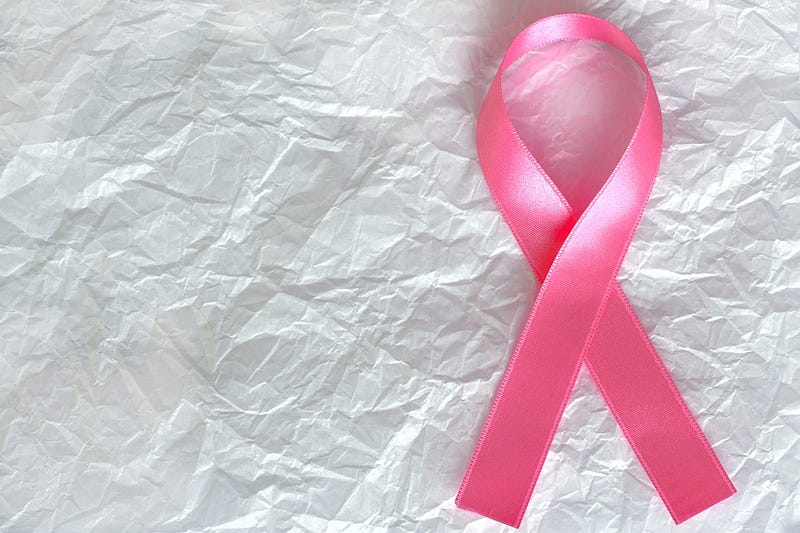The Next Potential Cure for Cancer
By Victoria Miller-Browne, Biology, 2020

This article was originally posted as part of Issue 37: Interaction.
When mother of two Lesley Graham was told that her breast cancer had relapsed, she thought that she would never be able to see her two daughters, Charlotte, 14 and Rebekah, 12 grow up. Just five months after going into remission, her cancer became metastatic, spreading not only to her breast, but also to her liver, brain, and ribs. When Lesley heard that, Kadclya, an antibody drug conjugate used specifically for treatment in metastatic stage breast cancer, could extend one’s life for about six months she was eager to take it. But, when she went to her doctor in order to obtain the drug, she was told it was not offered in her home country of Scotland due to its high price tag. Instead of giving up, she contacted governmental figures as well as used media outlets such as The Sunday Post. Ultimately, she was able to receive treatment. By the first set of results, the cancer in her brain was halved, the cancer in her liver shrunk by a third, and the cancer in her bones came to a halt.
Antibody drug conjugates (ADCs), like Kadcyla, are a relatively newer class of drug that links monoclonal, or highly antigen specific antibodies, with strong therapeutic agents such as drugs and cytotoxins. Most notably this class of drugs has been used in the immuno-oncology field as a potential cure for cancer. In the future scientists and clinicians hope to use this type of drug more applications in disease research, such as the field of neurodegenerative diseases.
Antibody drug conjugates (ADCs), like Kadcyla, are a relatively newer class of drug that links monoclonal, or highly antigen specific antibodies, with strong therapeutic agents such as drugs and cytotoxins.
The mechanism behind how ADCs work starts when the monoclonal antibody and drug are linked and enter the bloodstream. The ADC then binds specifically to antigens on the surface of target cells. When the ADC is bound, it initiates a cascade of events causing the whole ADC complex to be taken inside of the cell. Inside the cell, the link between the monoclonal antibody and the drug is degraded and the drug is released, typically resulting in apoptosis, or death, of that cell.
The prospect of ADCs for use in a therapeutic setting is very desirable to scientists, but the road to creation, approval, and use for these drugs has been long and inconclusive, despite the large amount of companies working on developing ADCs. To date there have been only four FDA approved ADCs and even with the FDA approval, these drugs are still subject for removal. This was the case of first generation ADC Mylotarg, a drug used to treat relapsed acute myeloid leukemia. This drug, despite being released in 2000, had to be taken off the market in 2010 due to association with potentially fatal liver toxicity. The liver toxicity itself, was induced by the pH instability of the linking complex between the antibody and the drug itself.
In spite of the challenges faced in creating ADCs such as the danger involved with transporting potent cytotoxic agents in the body, antigen specificity, and antibody affinity, this field of drug development shows promise for the future of disease research. At this moment there are over 175 ADCs ranging in all stages of development, with scientists continuing to produce workable drugs as well as improve the drugs already on the market. Without this process of creation and review with ADCs including Kadcyla, Lesley Graham would most likely not have survived to see her 12 year old daughter’s birthday.
DOI: 10.1038/bjc.2015.435
